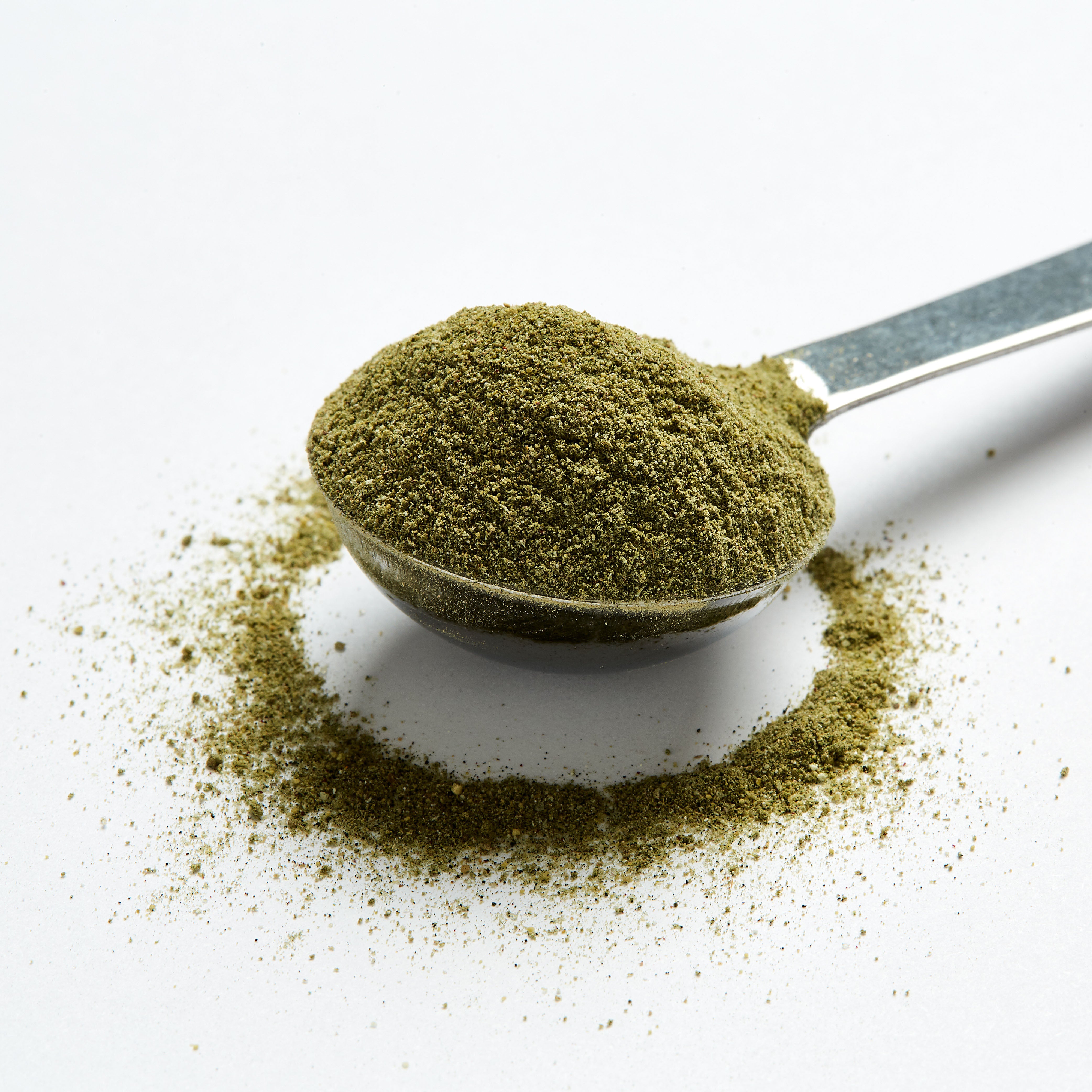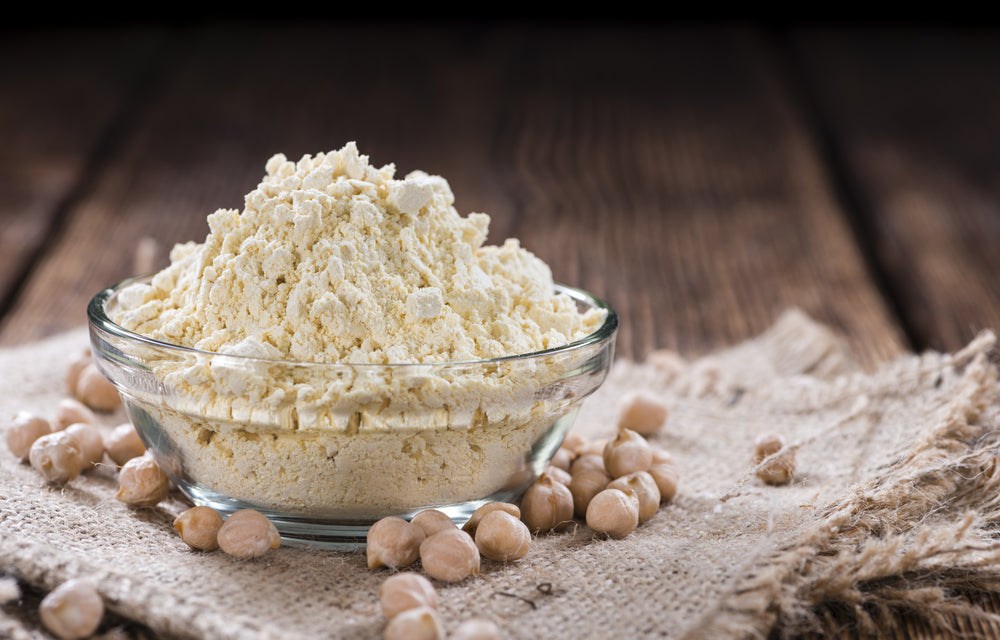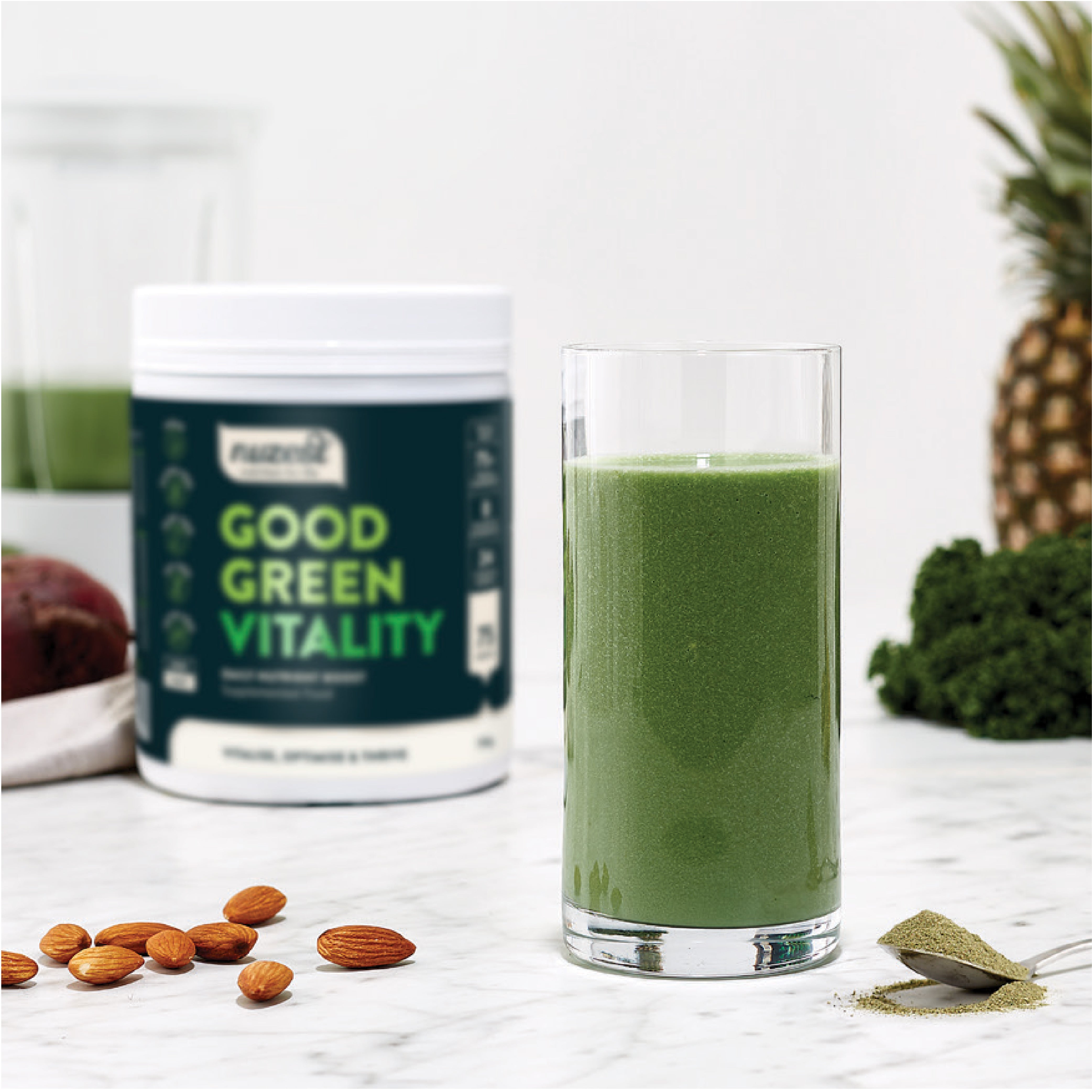Why HIIT?
High intensity interval training (HIIT) has been studied extensively and shows compelling fat-loss, fitness and health benefits for people ranging from adolescents, athletes, weekend warriors, and those with health challenges.1, 2
A review of the literature shows us that:
- In healthy populations and athletes HIIT results in similar, and perhaps greater improvements in fitness than traditional endurance training.3
- HIIT encourages cardiorespiratory fitness improvements, double that of standard, moderate intensity cardio in cardio-metabolic patients.4
- HIIT might also have greater positive effects on oxidative stress levels, inflammation, and insulin sensitivity than standard, moderate intensity cardio.5
So, we can see that it's good for us, can help us to lose bodyfat and help improve fitness… But the real benefit is that it saves us time…
What exactly is HIIT?
The reason HIIT (also known as 'sprint interval training' or 'high intensity intermittent exercise) saves us time is that it involves performing few, short bursts of high-intensity exercise, alternated with periods of either rest or low-intensity activity as compared to traditional cardio and endurance training which involves much longer, moderate pace sessions. These sessions typically are less than 20 min in duration.
How do I do HIIT?
There are lots of different systems and protocols for HIIT and none is necessarily more effective than another. A simple rule of of thumb is that your 'sprint' or 'high intensity' phase should be at near maximum intensity (as hard as you can go) and that this 'work' phase should be about twice as long as the rest phase. So, for example, you might 'go hard' for 30-40 seconds and then walk or jog at an extremely easy pace for 15-20 seconds. Many people get exceptional benefits from as little as 2-3 sessions of HIIT per week. (That's under an hour of exercise!)
Some of the more popular methods of HIIT include:
The Tabata method. Based on research by Izumi Tabata. This style involves 20 second work phases alternated with 10 seconds of rest for 8-cycles (a total of 4-minutes exercise). Usually a 4 min warm up and 4 min cool down are also performed.
The Gibala method involves a 3 min for warm up, then 60 seconds of intense exercise, followed by 75 seconds of rest, repeated for 8 - 12 cycles.
Zuniga method is a simplified method of 30 second work phase alternated with 30 seconds of rest.
Many exercises lend themselves well to HIIT training. It is advised to not use heavy loads or (especially if you're not an advanced weightlifter) the Olympic style lifts, due to their complexity and the risk of injury, although advanced athletes using appropriate loads can benefit from complex lifts performed in a HIIT style.
Good examples of exercises to use are:
Sprinting, rowing, cycling, callisthenics, and kettlebell workouts.
Stay tuned for some highly effective HIIT routines from our team in the coming instalments!
- / -
Cliff Harvey is a registered clinical nutritionist, strength coach and naturopath. He has been coaching people ranging from world champion athletes through to the chronically and acutely unwell to perform at their best, since the 1990s. He is a former world champion strength athlete and world record holder. Cliff is the founder of the Holistic Performance Institute, a private post-tertiary college, and is a doctoral candidate and researcher at AUT University. He is also the author of six books including his latest release The Carbohydrate Appropriate Diet.
www.cliffharvey.com
twitter.com/choosingyou
facebook.com/cliffharveyauthor
References
- Costigan SA, Eather N, Plotnikoff RC, Taaffe DR, Lubans DR. High-intensity interval training for improving health-related fitness in adolescents: a systematic review and meta-analysis. British Journal of Sports Medicine. 2015.
- Batacan RB, Duncan MJ, Dalbo VJ, Tucker PS, Fenning AS. Effects of high-intensity interval training on cardiometabolic health: a systematic review and meta-analysis of intervention studies. British Journal of Sports Medicine. 2016.
- Milanović Z, Sporiš G, Weston M. Effectiveness of High-Intensity Interval Training (HIT) and Continuous Endurance Training for VO2max Improvements: A Systematic Review and Meta-Analysis of Controlled Trials. Sports Medicine. 2015;45(10):1469-81.
- Weston KS, Wisl√∏ff U, Coombes JS. High-intensity interval training in patients with lifestyle-induced cardiometabolic disease: a systematic review and meta-analysis. British Journal of Sports Medicine. 2014;48(16):1227-34.
- Ramos JS, Dalleck LC, Tjonna AE, Beetham KS, Coombes JS. The Impact of High-Intensity Interval Training Versus Moderate-Intensity Continuous Training on Vascular Function: a Systematic Review and Meta-Analysis. Sports Medicine. 2015;45(5):679-92.



















































